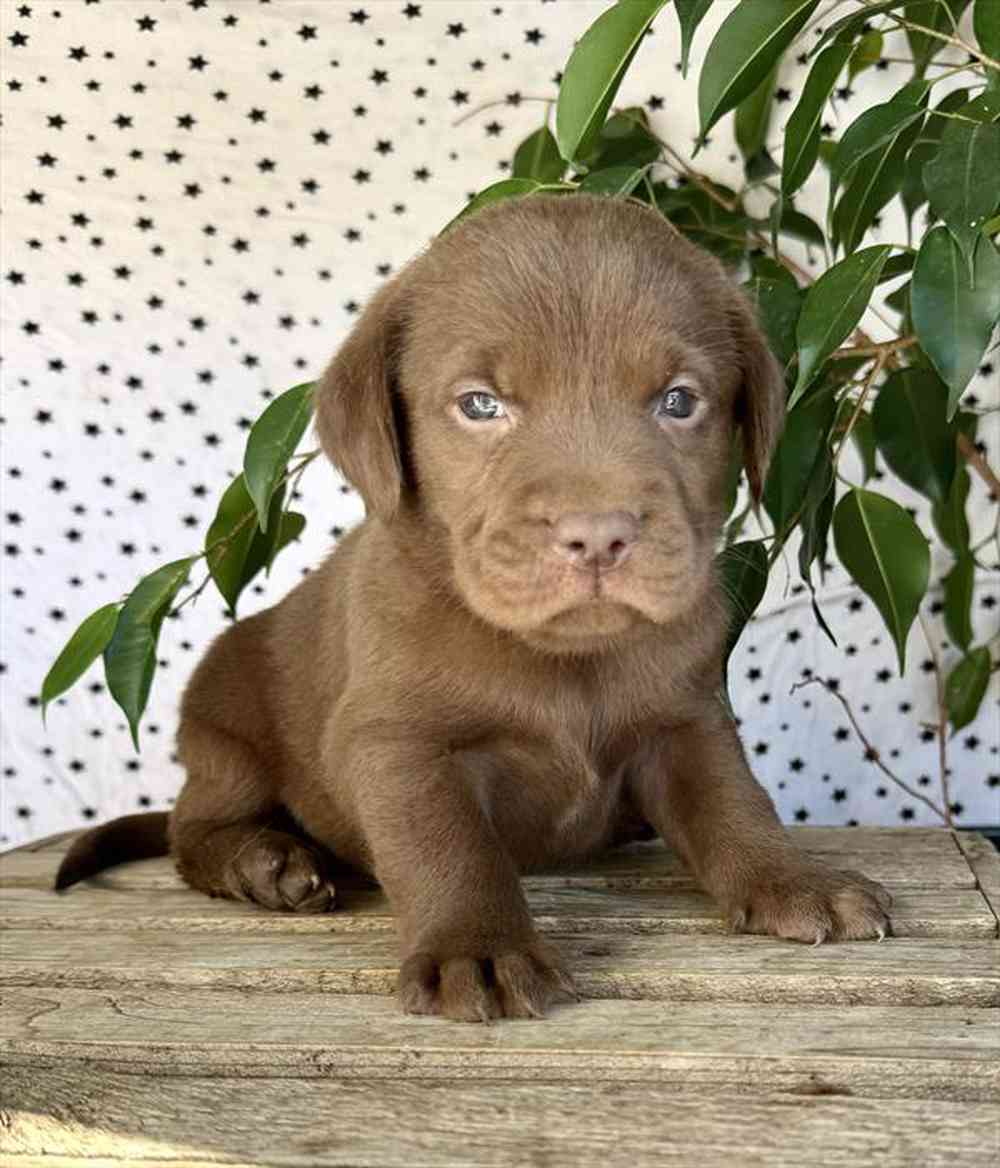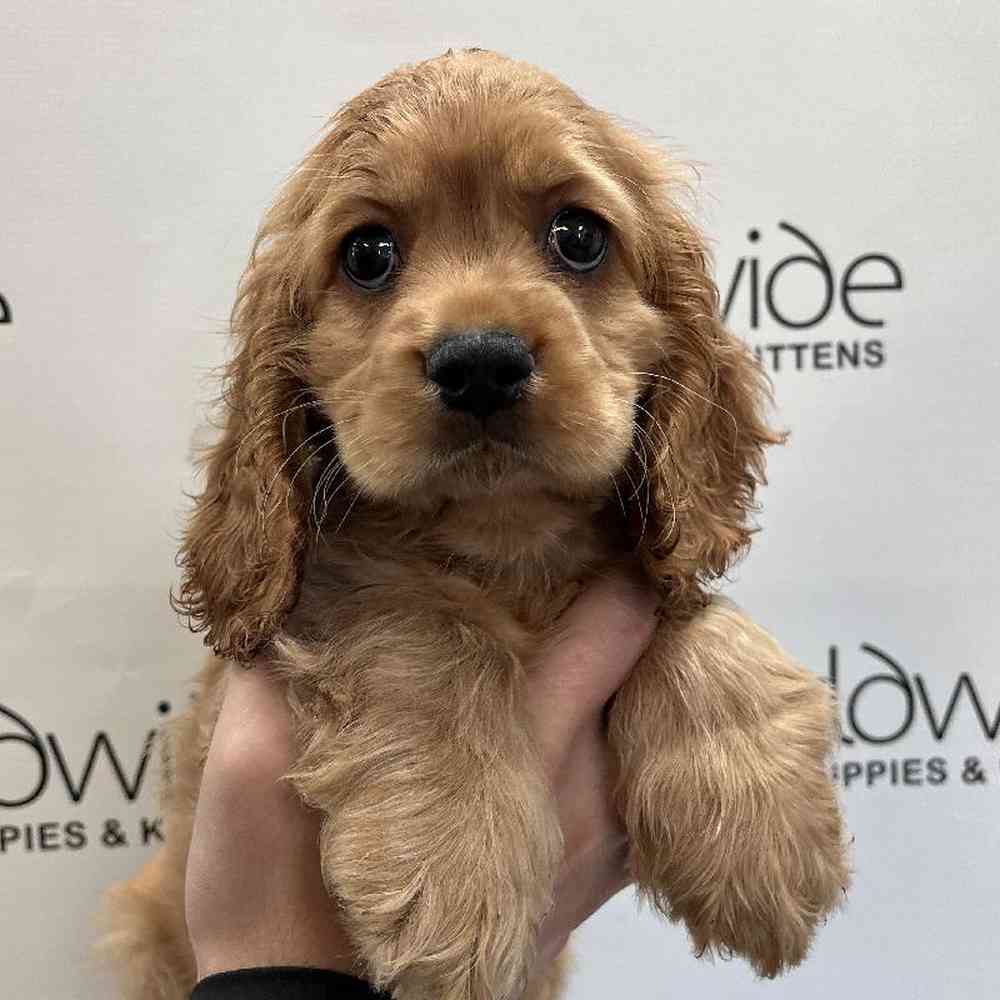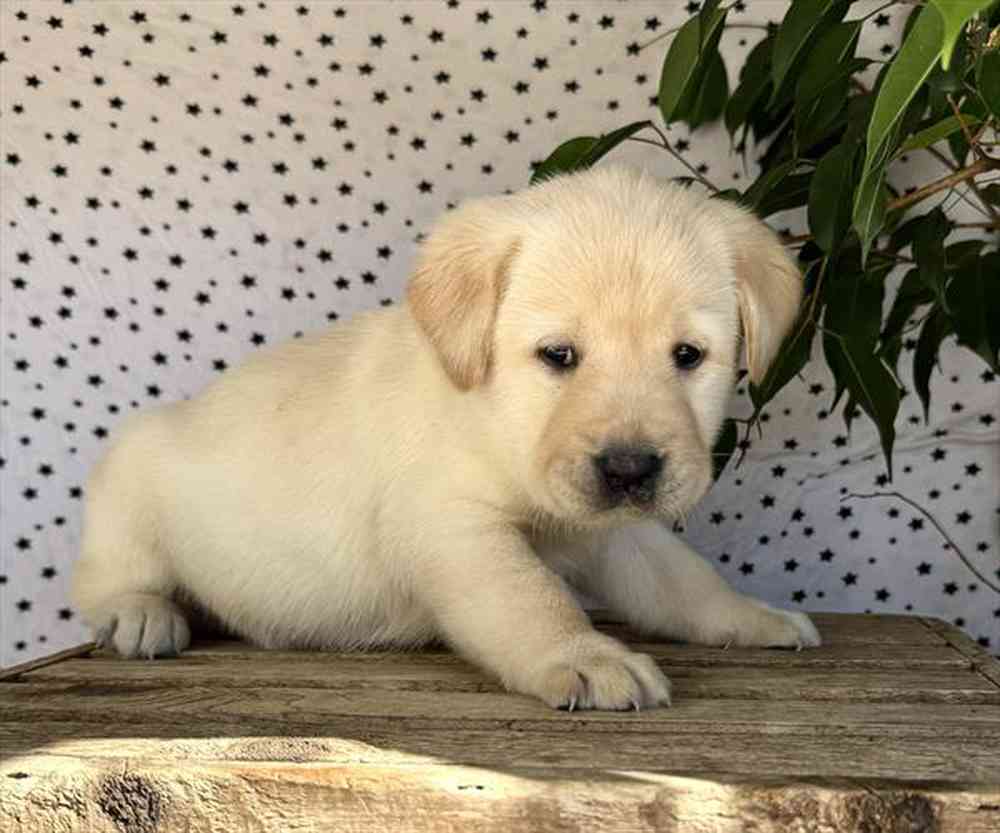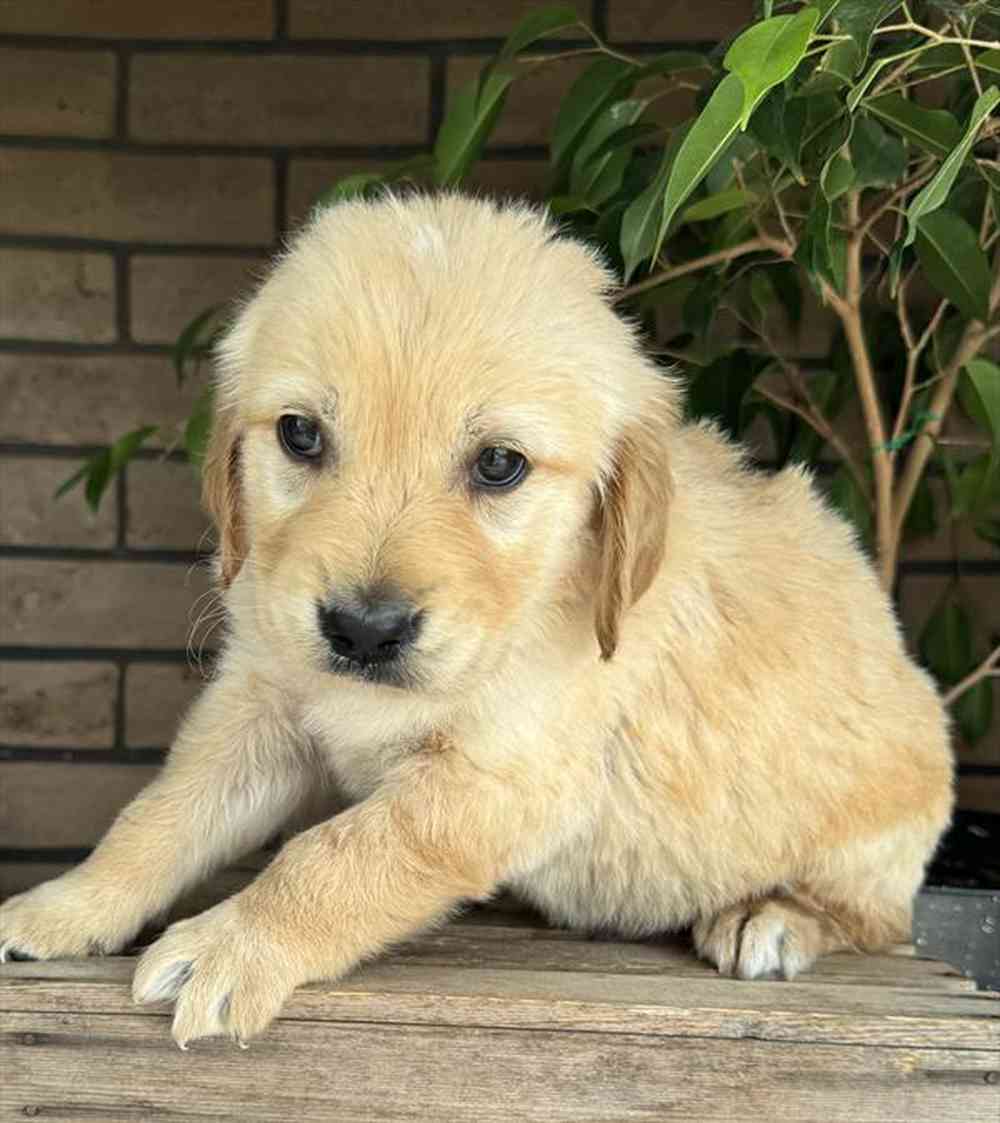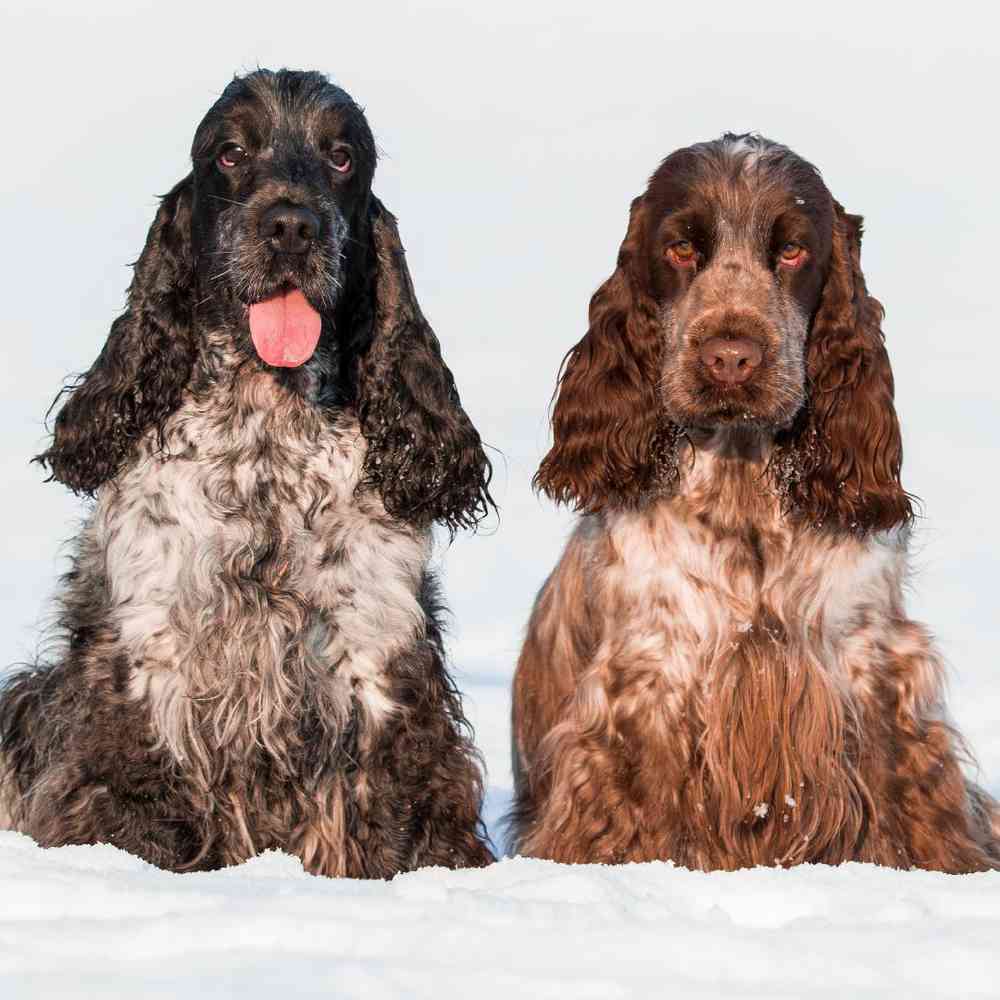
AKC Registrable
English Cocker Spaniel
English Cocker Spaniel lovers often use the word “merry” to describe their breed. Upbeat in the field and mellow at home, this compact, silky-coated bird dog is widely admired for his delightful personality and irresistible good looks. Puppies for sale in Long Island, New York.
Available Puppies
Puppy Knowledge
Breed Standard
General Appearance
The English Cocker Spaniel is an active, merry sporting dog, standing well up at the withers and compactly built. He is alive with energy; his gait is powerful and frictionless, capable both of covering ground effortlessly and penetrating dense cover to flush and retrieve game. His enthusiasm in the field and the incessant action of his tail while at work indicate how much he enjoys the hunting for which he was bred. His head is especially characteristic. He is, above all, a dog of balance, both standing and moving, without exaggeration in any part, the whole worth more than the sum of its parts.
Size, Proportion, Substance
Size-Height at withers: males 16 to 17 inches; females 15 to 16 inches. Deviations to be penalized. The most desirable weights: males, 28 to 34 pounds; females, 26 to 32 pounds. Proper conformation and substance should be considered more important than weight alone. Proportion-Compactly built and short-coupled, with height at withers slightly greater than the distance from withers to set-on of tail. Substance-The English Cocker is a solidly built dog with as much bone and substance as is possible without becoming cloddy or coarse.
Head
General appearance: strong, yet free from coarseness, softly contoured, without sharp angles. Taken as a whole, the parts combine to produce the expression distinctive of the breed. Expression-Soft, melting, yet dignified, alert, and intelligent. Eyes-The eyes are essential to the desired expression. They are medium in size, full and slightly oval; set wide apart; lids tight. Haws are inconspicuous; may be pigmented or unpigmented. Eye color dark brown, except in livers and liver parti-colors where hazel is permitted, but the darker the hazel the better. Ears-Set low, lying close to the head; leather fine, extending to the nose, well covered with long, silky, straight or slightly wavy hair. Skull-Arched and slightly flattened when seen both from the side and from the front. Viewed in profile, the brow appears not appreciably higher than the backskull. Viewed from above, the sides of the skull are in planes roughly parallel to those of the muzzle. Stop definite, but moderate, and slightly grooved. Muzzle-Equal in length to skull; well cushioned; only as much narrower than the skull as is consistent with a full eye placement; cleanly chiseled under the eyes. Jaws strong, capable of carrying game. Nostrils wide for proper development of scenting ability; color black, except in livers and parti-colors of that shade where they will be brown; reds and parti-colors of that shade may be brown, but black is preferred. Lips square, but not pendulous or showing prominent flews. Bite-Scissors. A level bite is not preferred. Overshot or undershot to be severely penalized.
Neck, Topline, Body
Neck-Graceful and muscular, arched toward the head and blending cleanly, without throatiness, into sloping shoulders; moderate in length and in balance with the length and height of the dog. Topline-The line of the neck blends into the shoulder and backline in a smooth curve. The backline slopes very slightly toward a gently rounded croup, and is free from sagging or rumpiness. Body-Compact and well-knit, giving the impression of strength without heaviness. Chest deep; not so wide as to interfere with action of forelegs, nor so narrow as to allow the front to appear narrow or pinched. Forechest well developed, prosternum projecting moderately beyond shoulder points. Brisket reaches to the elbow and slopes gradually to a moderate tuck-up. Ribs well sprung and springing gradually to mid-body, tapering to back ribs which are of good depth and extend well back. Back short and strong. Loin short, broad and very slightly arched, but not enough to affect the topline appreciably. Croup gently rounded, without any tendency to fall away sharply. Tail-Docked. Set on to conform to croup. Ideally, the tail is carried horizontally and is in constant motion while the dog is in action. Under excitement, the dog may carry his tail somewhat higher, but not cocked up.
Forequarters
The English Cocker is moderately angulated. Shoulders are sloping, the blade flat and smoothly fitting. Shoulder blade and upper arm are approximately equal in length. Upper arm set well back, joining the shoulder with sufficient angulation to place the elbow beneath the highest point of the shoulder blade when the dog is standing naturally. Forelegs-Straight, with bone nearly uniform in size from elbow to heel; elbows set close to the body; pasterns nearly straight, with some flexibility. Feet- Proportionate in size to the legs, firm, round and catlike; toes arched and tight; pads thick.
Hindquarters
Angulation moderate and, most importantly, in balance with that of the forequarters. Hips relatively broad and well rounded. Upper thighs broad, thick and muscular, providing plenty of propelling power. Second thighs well muscled and approximately equal in length to the upper. Stifle strong and well bent. Hock to pad short. Feet as in front.
Coat
On head, short and fine; of medium length on body; flat or slightly wavy; silky in texture. The English Cocker is well-feathered, but not so profusely as to interfere with field work. Trimming is permitted to remove overabundant hair and to enhance the dog’s true lines. It should be done so as to appear as natural as possible.
Color
Various. Parti-colors are either clearly marked, ticked or roaned, the white appearing in combination with black, liver or shades of red. In parti-colors it is preferable that solid markings be broken on the body and more or less evenly distributed; absence of body markings is acceptable. Solid colors are black, liver or shades of red. White feet on a solid are undesirable; a little white on throat is acceptable; but in neither case do these white markings make the dog a parti-color. Tan markings, clearly defined and of rich shade, may appear in conjunction with black, livers and parti-color combinations of those colors. Black and tans and liver and tans are considered solid colors.
Gait
The English Cocker is capable of hunting in dense cover and upland terrain. His gait is accordingly characterized more by drive and the appearance of power than by great speed. He covers ground effortlessly and with extension both in front and in rear, appropriate to his angulation. In the ring, he carries his head proudly and is able to keep much the same topline while in action as when standing for examination. Going and coming, he moves in a straight line without crabbing or rolling, and with width between both front and rear legs appropriate to his build and gait.
Temperament
Energetic, Merry, Responsive
Overview
Group
Sporting
About
The English Cocker Spaniel is a compactly built sporting dog standing between 15 to 17 inches at the shoulder. The softly contoured head, with its dark, melting eyes that convey an alert and dignified expression, is framed by lush, close-lying ears. The medium-length coat, seen in a variety of striking colors and patterns, is silky to the touch. “Balance” is a key word in understanding the breed: The EC is balanced in temperament, construction, and movement. Beneath the EC’s physical beauty beats the heart of a tireless, eager-to-please hunter’s helper, famous the world over for his ability to flush and retrieve gamebirds. For those who prefer more domestic pursuits, there is no more charming and agreeable household companion.
History
The breeds of the AKC Sporting Group were all developed to assist hunters of feathered game. These “sporting dogs” (also referred to as gundogs or bird dogs) are subdivided by function—that is, how they hunt. They are spaniels, pointers, setters, retrievers, and the European utility breeds. Of these, spaniels are generally considered the oldest. The spaniel breeds of England were developed centuries ago from dogs of Spanish stock (the word “spaniel” deriving from “Spanish”). This was long before the invention of reliable hunting rifles, when bird hunters used dogs in tandem with nets, bows, and sometimes falcons. Early authorities divided the spaniels not by breed but by type: either water spaniels or land spaniels. The land spaniels came to be subdivided by size. The larger types were the “springing spaniel” and the “field spaniel,” and the smaller, which specialized on flushing woodcock, was known as a “cocking spaniel.” In the 19th century, the rise of dog shows, coupled with Victorian England’s mania for classification, led to designating the various spaniel types as official breeds. Thus, the English Springer Spaniel, Field Spaniel, English Cocker Spaniel, and on through all of today’s British spaniel breeds. American dog fanciers of the early-20th century developed a companion-bred Cocker. It was smaller, with a more profuse coat, a shorter head, and a more domed skull, than its English cousin. Those who favored the old English hunting dog formed the English Cocker Spaniel Club of America in 1935. And in 1946, the AKC officially recognized the Cocker Spaniel (the U.S. type) and English Cocker Spaniel as separate breeds.
Standard
The English Cocker Spaniel is an active, merry sporting dog, standing well up at the withers and compactly built. He is alive with energy; his gait is powerful and frictionless, capable both of covering ground effortlessly and penetrating dense cover to flush and retrieve game. His enthusiasm in the field and the incessant action of his tail while at work indicate how much he enjoys the hunting for which he was bred. His head is especially characteristic. He is, above all, a dog of balance, both standing and moving, without exaggeration in any part, the whole worth more than the sum of its parts.
Nutrition
The English Cocker should be fed a high-quality dog food appropriate to the dog’s age (puppy, adult, or senior) and activity level. Some English Cockers are prone to getting overweight, so watch your dog’s calorie consumption and weight level. Treats can be an important aid in training, but giving too many can cause obesity. Give table scraps sparingly, if at all, especially avoiding cooked bones and foods with high fat content. Learn about which human foods are safe for dogs, and which are not. Check with your vet if you have any concerns about your dog’s weight or diet.
Grooming
Most English Cockers have a fairly profuse coat that requires regular care, including a thorough brushing and combing at least once a week to keep the dog looking his best and to prevent the formation of mats and tangles. In addition the dog is usually trimmed every month or so in certain areas—around the feet, on the face, under the neck, on the underside of the ears, and under the tail. The owner can learn to use scissors, thinning shears or a stripping tool, and clippers to do an overall trim and help keep up the English Cocker’s neat appearance. The ears should be checked weekly for debris and excess wax, and the nails should be trimmed at least monthly.
Exercise
An upbeat, active sporting dog, the English Cocker Spaniel requires daily exercise for his physical and mental well-being. He will do well with activities such as long walks or hikes with his owner or playing ball in the backyard. As his hunting instincts remain strong, he should be on a leash for walks, and a fenced yard is recommended. Merry and affectionate, the English Cocker Spaniel is an excellent family companion and easy to train. Whether he is working in the field or at home lounging on the sofa, his tail rarely stops wagging.
Training
With a merry, devoted disposition, the English Cocker was developed to follow instructions in the field, and the breed is still very eager to please. He is easy to train and enjoys working with his person so long as only positive methods are used. The EC will react poorly to a harsh or negative training approach; he must love and respect his person, never fear them. Early socialization is recommended to ensure a well-adjusted companion who is adaptable to a variety of situations.
Health
Although the English Cocker is overall a healthy breed, some genetic health conditions are known to occur occasionally. These include progressive retinal atrophy, hip dysplasia, familial nephropathy, and adult onset neuropathy. A responsible breeders will have their breeding stock tested for conditions that can affect the breed. The English Cocker’s ears should be checked regularly for signs of infection, and the teeth should be brushed often, using a toothpaste designed for dogs.

